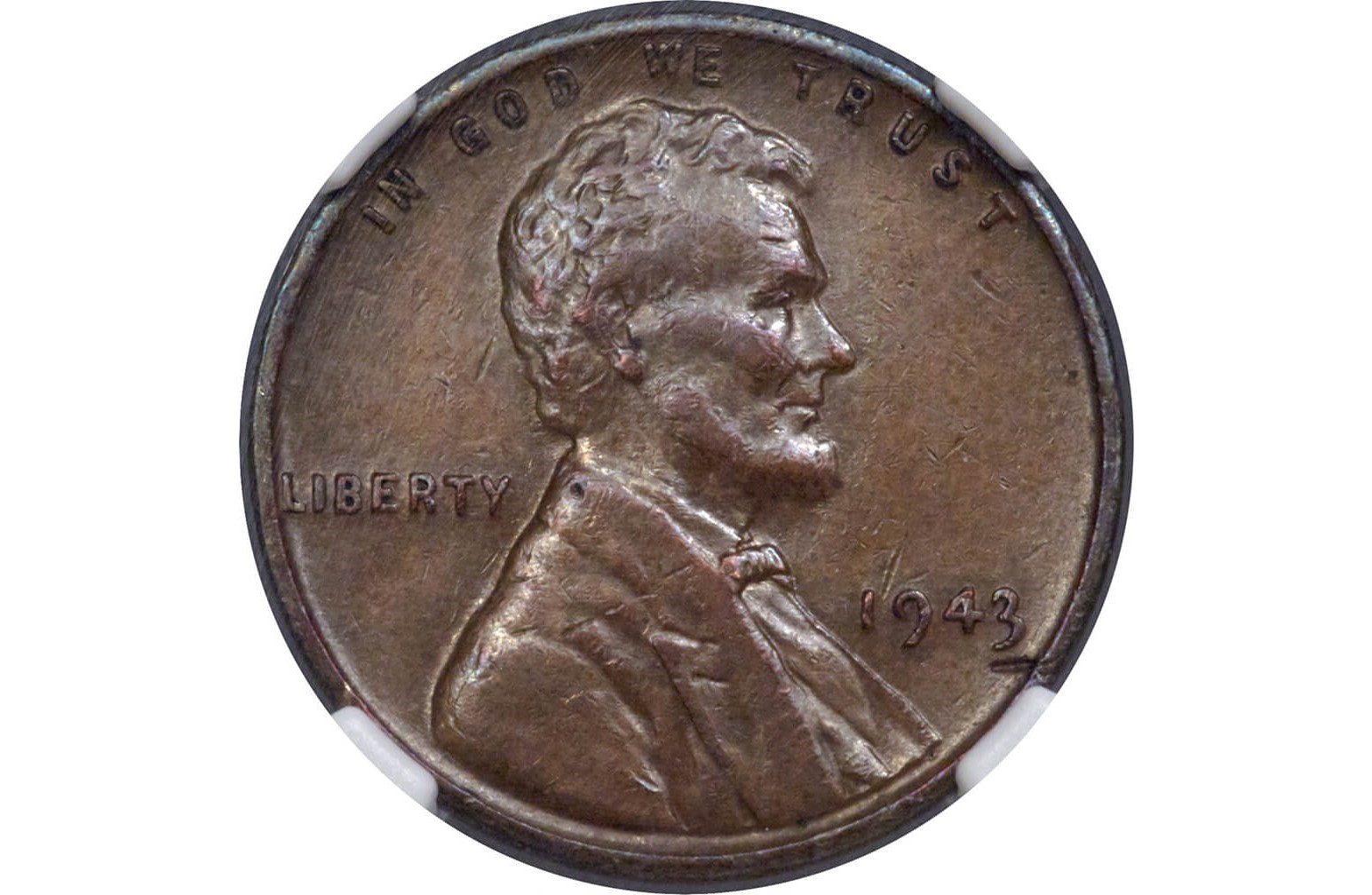
Endomyocardial Fibroelastosis (EMF) is a rare heart condition that primarily affects infants and young children. Characterized by a thickening of the heart's inner lining due to an overgrowth of fibrous and elastic tissues, it can lead to severe heart problems. Symptoms often include difficulty breathing, poor growth, and fatigue. Causes of EMF remain largely unknown, though some researchers suggest genetic factors or viral infections might play a role. Diagnosis typically involves echocardiograms, MRIs, and sometimes biopsies. Treatment options are limited and often focus on managing symptoms rather than curing the disease. Understanding EMF is crucial for early detection and better management of this life-threatening condition.
Key Takeaways:
- Endomyocardial Fibroelastosis (EMF) is a rare heart condition that primarily affects infants and young children, leading to heart failure if not managed properly. Early diagnosis and treatment are crucial for improving the long-term outlook for affected children.
- Recognizing symptoms such as rapid breathing, poor feeding, and swelling can help in early detection of EMF. While there is no cure, treatments such as medications, surgery, and heart transplants can help manage the condition and improve quality of life.
What is Endomyocardial Fibroelastosis?
Endomyocardial Fibroelastosis (EMF) is a rare heart condition that primarily affects infants and young children. It involves thickening of the heart's inner lining due to an increase in fibrous and elastic tissue. This can lead to heart failure and other serious complications. Here are some intriguing facts about this condition.
-
Rare Condition: EMF is considered a rare disease, affecting approximately 1 in 5,000 children.
-
Heart Lining Thickening: The condition involves the thickening of the endocardium, the inner lining of the heart chambers.
-
Infants and Young Children: EMF predominantly affects infants and young children, typically under the age of 2.
-
Heart Failure Risk: Due to the thickening of the heart lining, EMF can lead to heart failure if not managed properly.
-
Genetic Factors: Some cases of EMF are believed to have a genetic component, though the exact cause remains unclear.
Symptoms of Endomyocardial Fibroelastosis
Recognizing the symptoms early can be crucial for managing EMF effectively. Here are some common symptoms associated with this condition.
-
Rapid Breathing: Infants with EMF often exhibit rapid or labored breathing.
-
Poor Feeding: Affected infants may struggle with feeding, leading to poor weight gain.
-
Sweating: Excessive sweating, especially during feeding or activity, can be a symptom.
-
Swelling: Swelling in the legs, abdomen, or around the eyes may occur due to fluid retention.
-
Fatigue: Children with EMF may tire easily and show signs of lethargy.
Diagnosing Endomyocardial Fibroelastosis
Early diagnosis is key to managing EMF. Various diagnostic tools and methods are used to identify this condition.
-
Echocardiogram: An echocardiogram is often the first step in diagnosing EMF, as it can reveal thickening of the heart lining.
-
Electrocardiogram (ECG): An ECG can help detect abnormal heart rhythms associated with EMF.
-
Chest X-ray: A chest X-ray may show an enlarged heart or fluid in the lungs.
-
MRI: Magnetic Resonance Imaging (MRI) provides detailed images of the heart's structure and can help confirm the diagnosis.
-
Biopsy: In some cases, a heart biopsy may be performed to examine the tissue for signs of fibroelastosis.
Treatment Options for Endomyocardial Fibroelastosis
While there is no cure for EMF, various treatments can help manage the symptoms and improve quality of life.
-
Medications: Diuretics, beta-blockers, and ACE inhibitors are commonly used to manage symptoms.
-
Surgery: In severe cases, surgical intervention may be necessary to remove the thickened endocardium.
-
Heart Transplant: For some patients, a heart transplant may be the best option if other treatments are ineffective.
-
Nutritional Support: Ensuring proper nutrition is crucial, especially for infants struggling with feeding.
-
Regular Monitoring: Frequent check-ups with a cardiologist are essential for managing the condition effectively.
Prognosis and Long-term Outlook
The long-term outlook for children with EMF can vary widely depending on the severity of the condition and the effectiveness of the treatment.
-
Variable Prognosis: The prognosis for EMF varies; some children respond well to treatment, while others may experience ongoing complications.
-
Early Intervention: Early diagnosis and treatment can significantly improve the long-term outlook for affected children.
-
Lifelong Monitoring: Many children with EMF require lifelong monitoring and management of their condition.
-
Quality of Life: With proper treatment, many children can lead relatively normal lives, though some may have limitations on physical activity.
-
Research and Advances: Ongoing research is aimed at better understanding EMF and developing more effective treatments.
Interesting Facts about Endomyocardial Fibroelastosis
Here are some additional intriguing facts about EMF that highlight the complexity and uniqueness of this condition.
-
Historical Cases: EMF was first described in the medical literature in the 1940s.
-
Geographic Variations: The prevalence of EMF varies by region, with higher rates reported in certain parts of Africa and Asia.
-
Animal Models: Researchers use animal models to study EMF and develop potential treatments.
-
Support Groups: Various support groups and organizations exist to help families affected by EMF.
-
Awareness Campaigns: Increased awareness and education about EMF can lead to earlier diagnosis and better outcomes for affected children.
Final Thoughts on Endomyocardial Fibroelastosis
Endomyocardial fibroelastosis (EMF) is a rare heart condition that primarily affects infants and young children. It involves thickening of the heart's inner lining due to an increase in fibrous and elastic tissue. This can lead to heart failure if not diagnosed and treated early. Symptoms often include difficulty breathing, poor growth, and fatigue. While the exact cause remains unclear, some cases link to viral infections or genetic factors.
Early diagnosis through echocardiograms and other imaging techniques is crucial for effective management. Treatment options vary from medications to manage symptoms to surgical interventions in severe cases. Awareness and understanding of EMF can lead to better outcomes for those affected. If you suspect any symptoms in your child, consult a healthcare professional immediately. Knowledge and timely action can make a significant difference in managing this condition.
Frequently Asked Questions
Was this page helpful?
Our commitment to delivering trustworthy and engaging content is at the heart of what we do. Each fact on our site is contributed by real users like you, bringing a wealth of diverse insights and information. To ensure the highest standards of accuracy and reliability, our dedicated editors meticulously review each submission. This process guarantees that the facts we share are not only fascinating but also credible. Trust in our commitment to quality and authenticity as you explore and learn with us.


